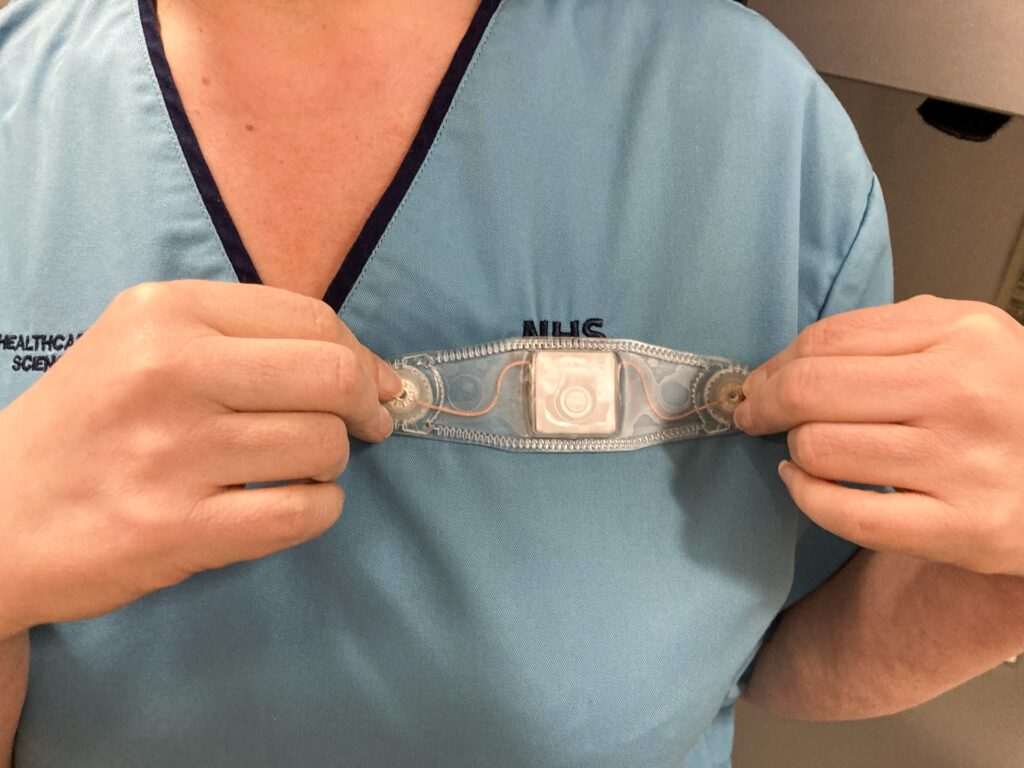New mobile heart-rate monitors could help prevent nearly 700 secondary strokes in Scotland and 300 deaths over the next five years, according to new research.
Around 8,000 recent stroke patients will be fitted with ‘ambulatory electrocardiogram’ (ECG) patch monitors each year in a bid to bring life-saving innovation to patients.
Ministers have committed £1.9 million to allow for the rollout of small and easy-to-use chest patches, which will replace the larger and more cumbersome models currently in use.
As well as being more practical, they provide more accurate readings to allow doctors to make faster and more effective decisions about follow-on treatment.
The devices have been in use for the last two years by NHS Greater Glasgow and Clyde, but thanks to the Accelerated National Innovation Adoption (ANIA) pathway they are now being rolled out across the country.
Health Secretary Neil Gray said: “The Scottish Government is clear that innovation will play a key role in reforming Scotland’s health service, and ensuring it remains able to meet the health challenges of a changing world. Projects such as this one are vital to improving patient outcomes, saving lives and enabling the NHS to treat people quicker and more effectively.
“This investment in innovative technology will make a real difference to the lives of thousands of stroke patients across Scotland. By accelerating diagnosis and treatment, we can help prevent recurrent strokes and improve health outcomes. The use of these new patch monitors is a fantastic example of how we are adopting cutting-edge solutions to renew Scotland’s NHS and ensure it can continue to deliver high-quality, efficient care.”
A research paper found that over the next five years, use of the patches in NHS Scotland could prevent 689 secondary strokes and 319 deaths, while also freeing up the equivalent of 15.7 full-time cardiac physiologists for other vital services. Cost-savings for the NHS could amount to £14.6 million in the same period.
The compact, wireless, and water-resistant devices are worn on the skin for up to 14 days to detect rhythm abnormalities in the heart, particularly atrial fibrillation – a leading cause of stroke. The ECG patch monitors are expected to be four times more effective at detecting atrial fibrillation than current methods, reducing diagnosis and treatment times from up to 24 months to just three weeks.
The devices will also generate comprehensive data, improving detection and diagnostic accuracy of cardiac rhythm abnormalities such as atrial fibrillation, a condition responsible for around one in four ischaemic strokes, and speeding up the time to treatment.
Patients will also benefit from reduced travel, as patches can be applied during diagnosis or conveniently posted to their homes. Standardised access across Scotland will help eliminate regional disparities in diagnosis and treatment.
